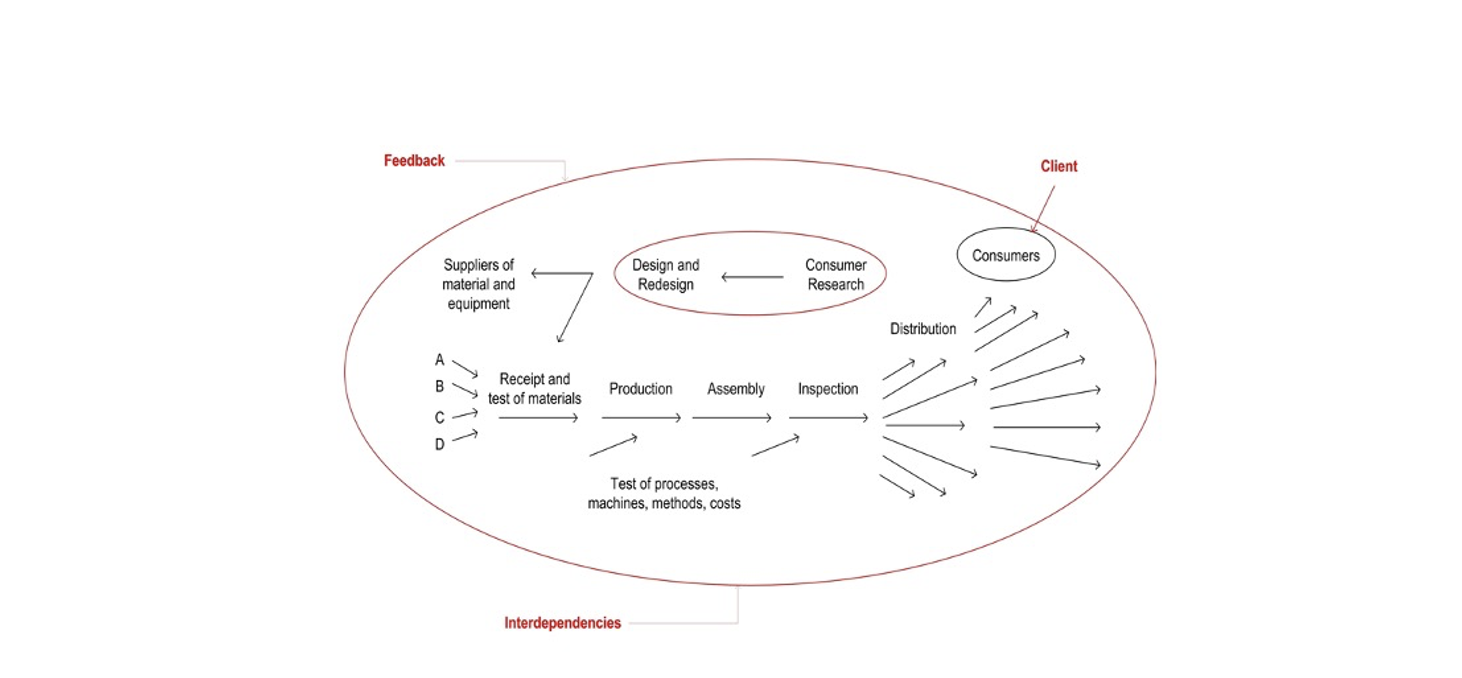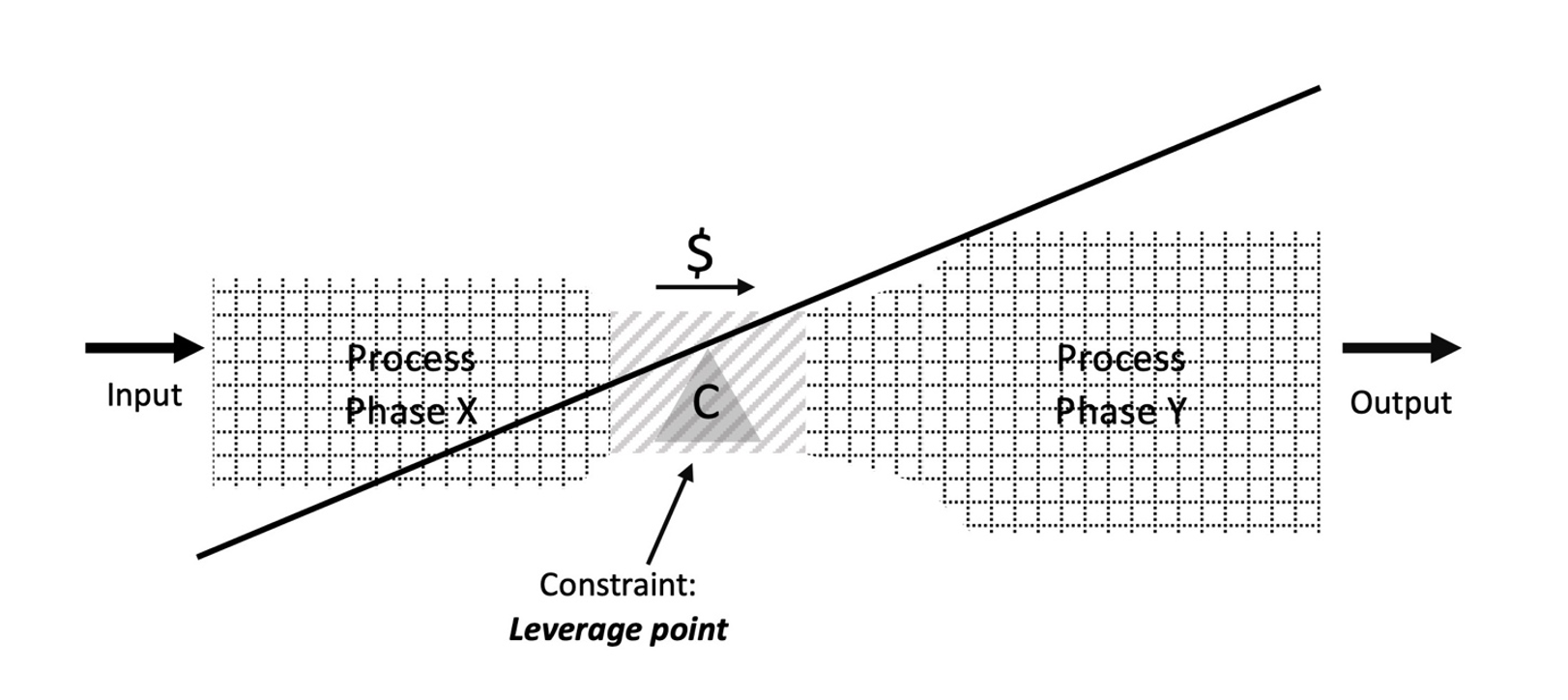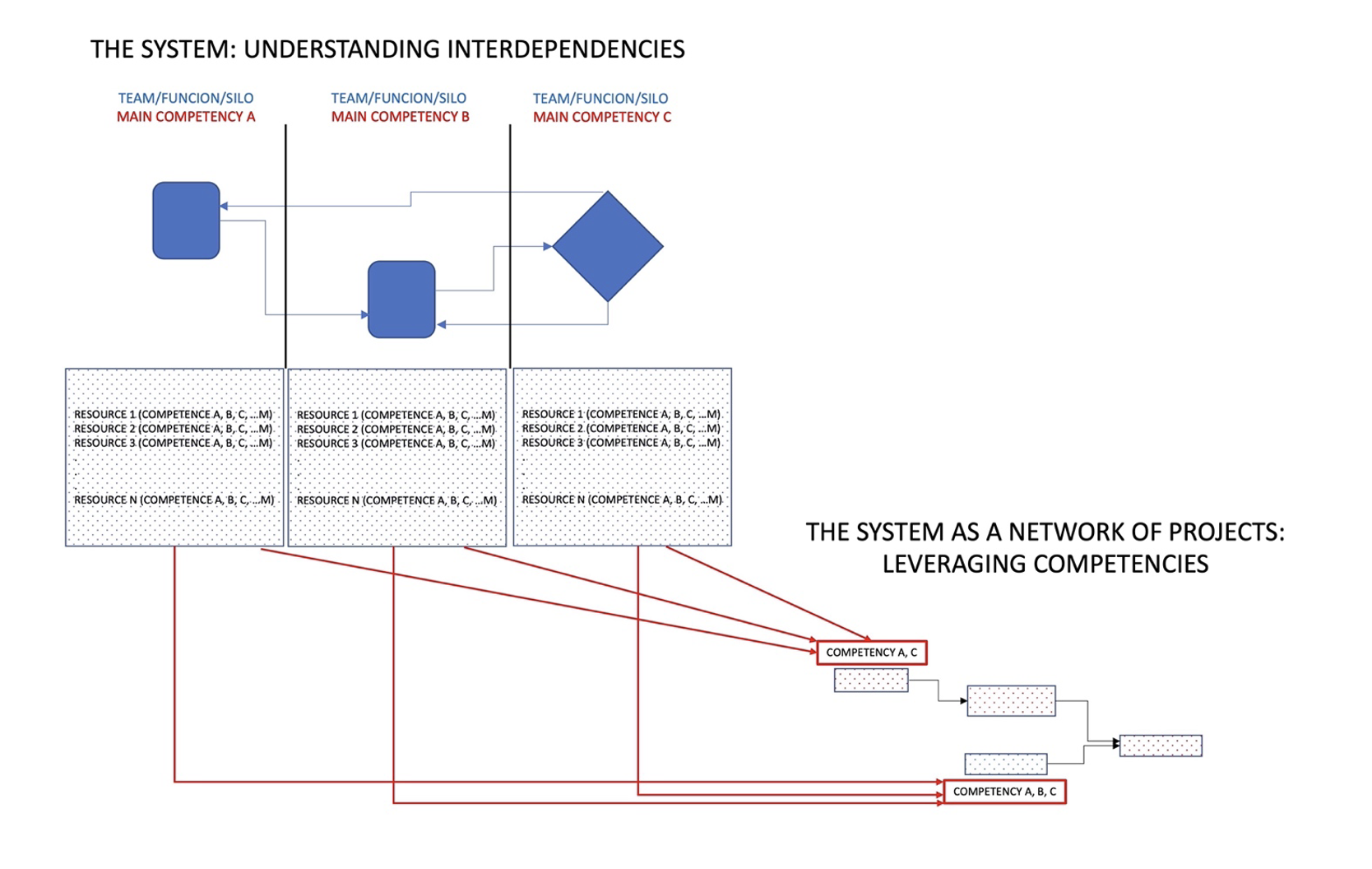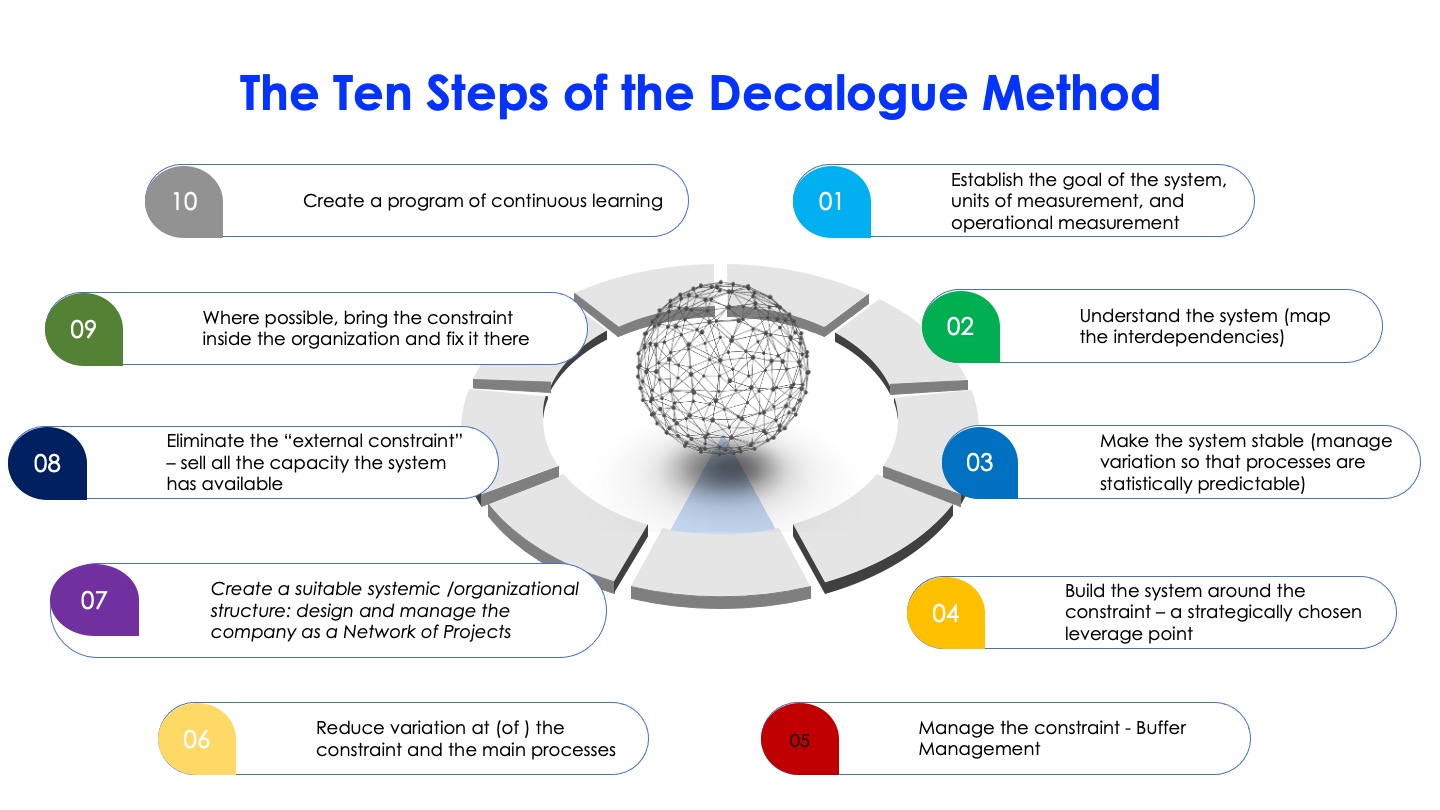
The Intelligent Management team is coming out with a new book to be published by Springer! It’s called ‘From Silos to Network: A New Kind of Science for Management’. We’ll be highlighting some of the content in the coming months. Today’s post is by Dr. Giovanni Siepe.
Over the last 25 years there has been a great deal of talk about Complexity and Organizations. Management has been profoundly impacted by complexity. There have been many discussions on the subject of complexity itself, involving ways to “break”, “simplify” or “overcome” it.
Through these discussions, scientists have clarified many aspects of complexity from a scientific standpoint.
In spite of this attention, the field of management has not taken advantage of science when tackling complexity. The main reason is that complexity has to be understood, embraced and managed.
Organizations struggle with complexity in many different ways, to the point where they go completely off track. I have personally witnessed a university marketing professor addressing a group of entrepreneurs and managers on the subject. Speaking about complexity, he unashamedly said that “after all, complexity is what makes life interesting, so we should welcome it…”. The people in the room, who have to deal with growing complexity every day, were left astonished. You should have seen their faces after that statement.
Organizations are complex systems
For organizations, complexity is a serious business and it should be treated with the right mental and managerial approach. The most important concept to keep in mind is that Organizations are Systems, meaning:
a network of interdependent components that work together to achieve a common goal
If we do not start from here, we lose sight of the problem.
We cannot understand a System only by understanding its parts, but we have to also understand the ways those parts interdepend. This is the reason why we cannot tackle complexity by just breaking it, and there is no way to simplify complexity by trying to manage its parts separately.
We cannot manage complexity by managing single persons, single teams or single functions.
Dr. W. Edwards Deming was the first Organizational Scientist to draw a picture of the Organization as a System: 
Synchronizing the system
The second most important concept to consider is that every single part of the System has to work “in sync” with the others, otherwise it is impossible to achieve any goal. Try to imagine a boat where sailors row in different directions: in this example, the boat will never reach the shore.
How can we make sure that people in organizations work “in Sync”?
We owe to Dr. Eliyahu Goldratt the development of the right process to correctly synchronize activities in organizations. There always exists a “Constraint” in the System that we can leverage and that represents a kind of fixed point to which we subordinate the whole system for the sake of synchronization.
There is a common misconception here. People usually confuse a constraint with a bottleneck: a Constraint is not a bottleneck. A bottleneck is a part of the system that somehow limits the system from performing at its best. If we think of the system as a “flow” of activities like the flow of a fluid through a tube, we can picture it like this:

The Constraint is the element of the System that dictates the pace at which the System performs. It is the element of the System that determines the pace at which the System generates value. The Constraint is the leverage point of the System:

The process that Dr. Goldratt developed is a 5-step process:
- Identify the Constraint – choose it strategically
- Exploit the Constraint – make it work all the time on the optimal product mix
- Subordinate the System to the Constraint – build a sufficient subordination capacity all around the constraint to support it
- Elevate the Constraint – increase its capacity, in the fortunate event that the market asks for more than we can supply
- If the constraint has moved, (i.e. elevating it makes it shift) then go back to step 1.
Why we must understand variation
Unfortunately, the process is not as simple as it has been described so far. Synchronization is easily disrupted by variation. Variation exists, and we have to make sure that we account for it. We protect the constraint from the impact of variation with a buffer. The buffer actually has a dual role:
- Protection
- Control
The buffer protects the constraint from variation, but it also gives us the opportunity to control, monitor and understand the nature of the variation impacting the System. If the oscillation of the buffer consumption is statistically predictable then synchronization will happen in an orderly manner, provided that we have enough subordination capacity to support the functioning of the constraint.
Involving everyone
The subordination process is a complicated activity. It involves the cooperation of all the parts of the System and, once this process is in place, we don’t want to change it. This is the reason why we want to strategically choose the constraint.
The cooperation among the parts of the System (Involvement) is the real problem. The question now is: How can we succeed in the quest for cooperation if organizations are collections of “teams”, “functions”, “silos”?
How to overcome the traditional hierarchical organizational structure has been the focus for Intelligent Management (www.intelligentmanagement.ws) for the last 15 years. The solution we have developed and tested in many different work environments, with the support of a proprietary software platform (www.ess3ntial.com), is called “Organization as an Oriented Network of Synchronized Projects”.
We achieve cooperation among the parts of the System (Involvement) by leveraging competencies that we deploy in projects, regardless of the “team”, the “function” or the “silo” that the resource with that competence is originally assigned to:

Ultimately, it’s about how we think
One final remark is necessary. All the above is possible only if we are willing to tackle our mental models about organizations and we are ready to challenge what we have come to call our “Cognitive Constraint”.
For this purpose, Dr. Goldratt developed a set of “Thinking Processes” to support our decision making process and help people and organizations draw a clear picture of the cognitive reality they live in.
To find out more about ten guided steps to a systemic leap for your company, contact Angela Montgomery at intelligentmanagement@sechel.ws
SCHEDULE AN INTRODUCTORY CALL WITH US
Intelligent Management works with decision makers with the authority and responsibility to make meaningful change. We have helped dozens of organizations to adopt a systemic approach to manage complexity and radically improve performance and growth for 25 years through our Decalogue management methodology. The Network of Projects organization design we developed is supported by our Ess3ntial software for multi-project finite scheduling based on the Critical Chain algorithm.
See our latest books Moving the Chains: An Operational Solution for Embracing Complexity in the Digital Age by our Founder Dr. Domenico Lepore, The Human Constraint – a digital business novel that has sold in 43 countries so far by Dr. Angela Montgomery and ‘Quality, Involvement, Flow: The Systemic Organization’ from CRC Press, New York by Dr. Domenico Lepore, Dr. .Angela Montgomery and Dr. Giovanni Siepe.







Leave a Reply